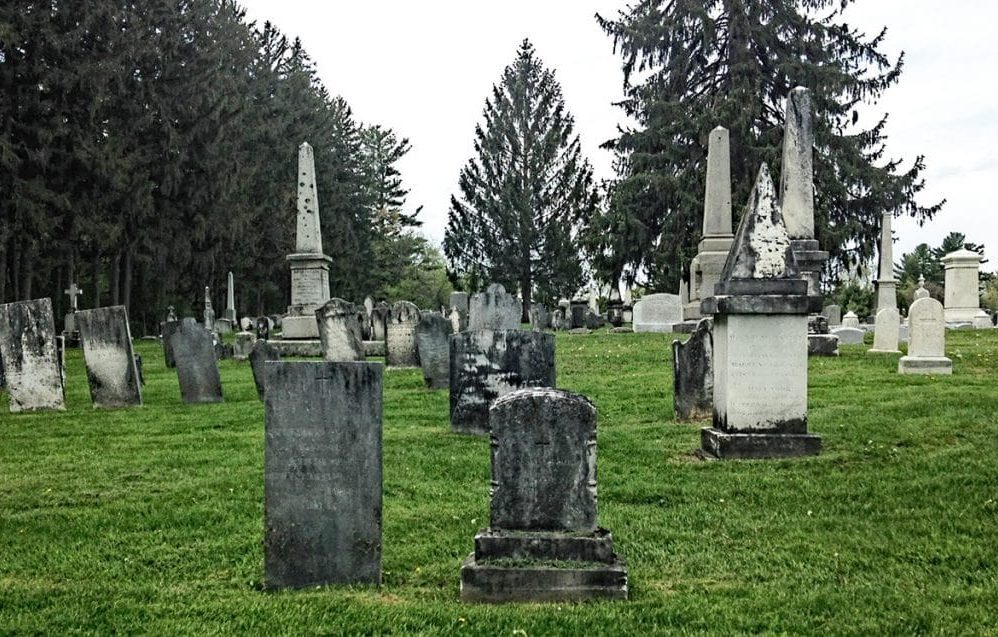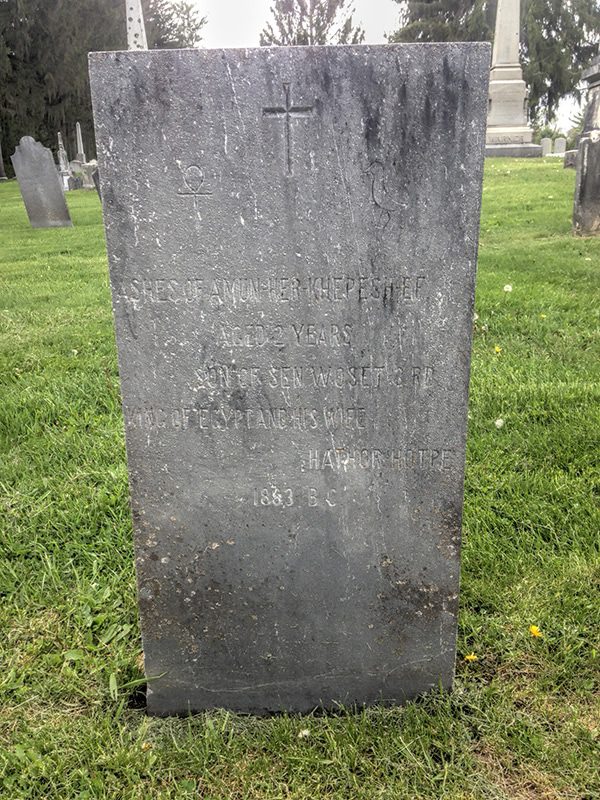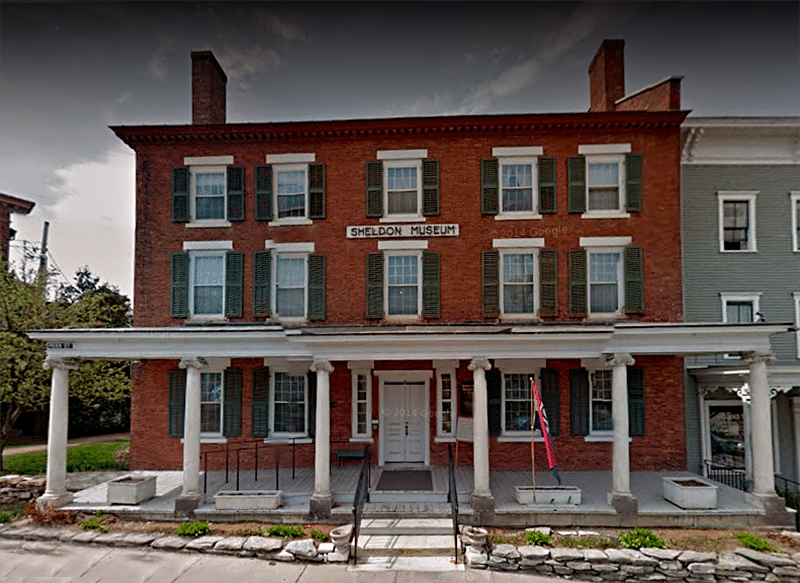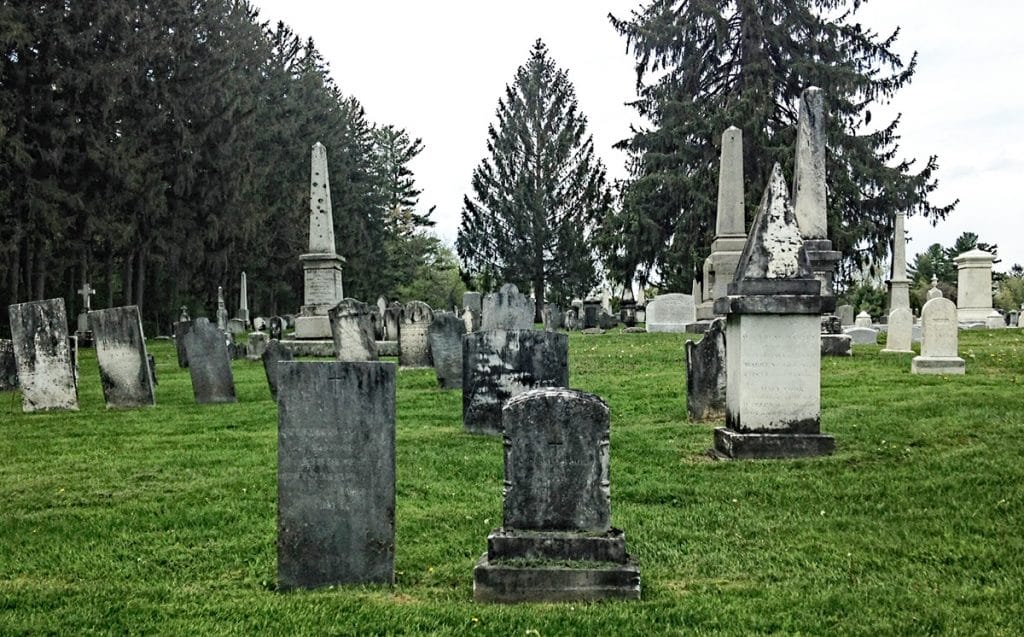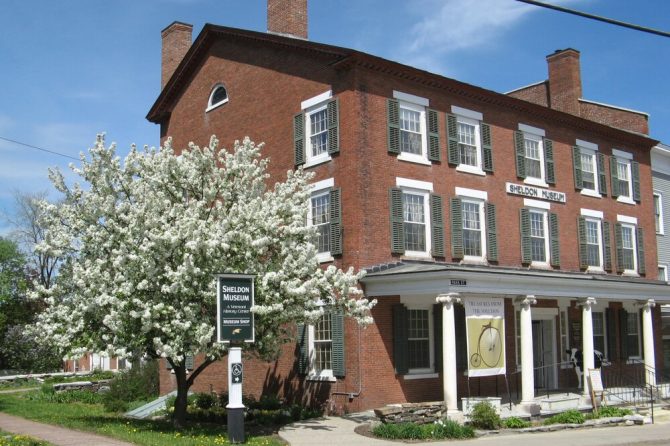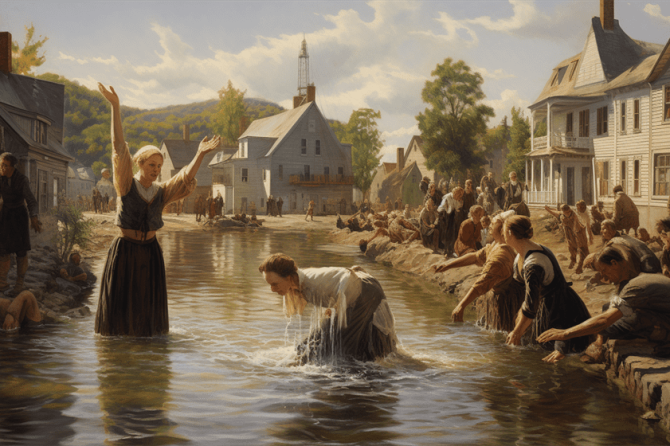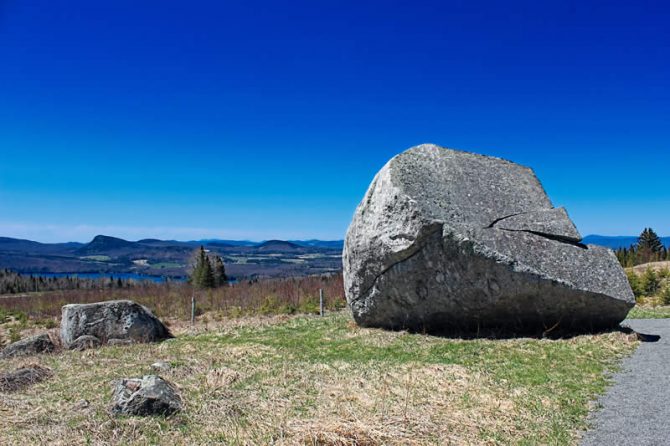Middlebury, VT's West Cemetery is the final resting place of an Egyptian Prince's Mummy
The last place you would ever expect to find a mummy is within the rolling hills of Vermont. Middlebury, VT’s West Cemetery is the final resting place of an Egyptian Mummy. This topic has sparked a wave of intrigue as experts try to uncover the origins of this ancient artifact.
Burial practices in ancient Egypt are well-documented, but how did this mummy end up in the heart of Vermont?
Could there be a connection between Egypt and this small New England town? As archaeologists delve into the details, they hope to shed light on the historical significance of this extraordinary discovery. The mummy's journey to Middlebury remains a bit of a legend, but it has undoubtedly opened up a fascinating chapter in the history of this seemingly unrelated region. As we eagerly await the unveiling of new information, one thing is certain: this unexpected find has the potential to rewrite the history books and challenge our understanding of ancient civilizations.
This story’s origin starts in 1883 B.C., long before Vermont even existed
That ancient date, 1883 B.C., was when the young son of an Egyptian king, named Amun-Her-Khepesh-Ef passed away and was mummified for all of eternity. The mummy was the infant son of Sen Woset III, King of Egypt, and his wife Hathornhotpe.
How did an Egyptian mummy prince end up interred in a small town in Vermont?
Oddly enough, that is where the young mummy now rests in peace, Middlebury, VT. Rumor is that a local junk dealer, named Henry Sheldon, purchased the mummy from a New York antique dealer in 1866. He kept the mummy in his own house, along with a large collection of junk and trinkets (which eventually became a museum of sorts) until he died in 1907.
Final resting place for the son of an Egyptian King
The mummy was exposed to heat and cold, dry conditions and dampness. Its wrappings were decaying and the embalming process caused the body to begin decomposing. The thought of a person left to rot in a Vermont attic was appalling to George W. Mead, a Sheldon Museum trustee. Mead wanted to give the boy, believed to be linked to Egyptian royalty, a proper burial. So Mead had little Amun-Her Khepesh-Ef cremated and buried with his very own tombstone, within the Mead family plot.
The Egyptian prince’s grave stone is engraved with his name, the names of his royal parents and the date, 1883 B.C. In addition to the inscription, the stone carries three symbols, two of which are Egyptian for life and immortality. A Christian cross is inscribed between the two Egyptian symbols, perhaps reflecting the Christian burial services provided by the kindness of George Mead.
Uncovering the Origins of the Egyptian Mummy
Now, let's dig deep and uncover the fascinating origins of that incredible Egyptian mummy buried right here in Middlebury, Vermont! The story of this mummy begins in ancient Egypt, a civilization known for its elaborate burial practices. Egyptians believed in an afterlife and mummification was an important part of their funeral rituals. It involved carefully preserving the body to ensure its journey to the afterlife.
Supposedly, a local junk dealer, named Henry Sheldon, purchased the mummy from a New York antique dealer in 1866. It is unclear how the mummy ended up in Middlebury specifically, but it is a testament to the global interest in Egyptian artifacts during that time. The mummy's presence in Middlebury continues to intrigue and captivate both locals and visitors alike, shedding light on ancient Egyptian culture and burial practices.
Examining the Burial Practices of Ancient Egypt
Examining the burial customs of ancient Egypt reveals fascinating insights into their funerary traditions. The Egyptians believed in the afterlife and took great care in preparing their deceased for eternity. The process of mummification was an intricate and precise art, involving the removal of internal organs, the use of natron to dry out the body, and the wrapping of the corpse in linen bandages.
The mummified body would then be placed in a wooden or stone sarcophagus, which was often elaborately decorated with hieroglyphics and symbols. The Egyptians also believed in the importance of preserving personal belongings for the afterlife, so tomb furnishings and burial goods were commonly included in the tombs. These practices demonstrate the Egyptians' deep reverence for the dead and their belief in the continuity of life beyond death.
Tracing the Journey of the Mummy to Middlebury, Vermont
Tracing the incredible journey of a preserved ancient body all the way to a small town in rural Vermont, we are captivated by the tales of a mummy's unexpected arrival. It all began in the late 19th century when a wealthy collector from Middlebury, Vermont acquired the mummy from a traveling exhibition. The mummy, sometimes rumored to be an Egyptian noble, was carefully transported across the Atlantic, enduring a long and perilous journey by ship. Once it arrived in Middlebury, the mummy became a source of fascination for the community.
It was displayed in a local museum, drawing visitors from far and wide. Over the years, the mummy's significance grew, and it became a symbol of the town's unexpected connection to ancient Egypt. Today, the mummy remains a cherished artifact, a testament to the enduring allure of ancient civilizations.
Investigating Possible Connections between Egypt and Vermont
Imagine yourself wandering through the rolling hills of rural Vermont, as you stumble upon intriguing clues that hint at unexpected connections between this picturesque landscape and the ancient land of Egypt. While it may seem unlikely, there are indeed fascinating links between the two. One such connection can be found in the architecture of some Vermont buildings, which bears a striking resemblance to the grand temples and tombs of ancient Egypt.
Additionally, local legends and folklore often reference mysterious artifacts and symbols that are reminiscent of Egyptian mythology. These similarities raise intriguing questions about whether there was any direct influence or cultural exchange between Egypt and Vermont in the past. Further investigation into historical records and archaeological findings may shed light on these potential connections and provide a deeper understanding of the mysterious journey of the Egyptian mummy to Middlebury, Vermont.
Shedding Light on the Historical Significance of the Discovery
As you delve into the historical significance of this intriguing discovery, you'll uncover a captivating tale that illuminates the rich cultural exchange and connections between two seemingly disparate worlds. The discovery of an Egyptian mummy buried in Middlebury, Vermont sheds light on the surprising historical ties between ancient Egypt and this small New England town.
It challenges the commonly held notion that such connections were limited to major cities or institutions. This finding suggests a more extensive and nuanced network of cultural exchange that spanned continents and reached even the most unexpected corners of the world.
The presence of an Egyptian mummy in Vermont speaks to the curiosity and fascination with ancient civilizations that permeated society, even in remote locations. It underscores the universal appeal of Egypt's rich history and the enduring legacy of its culture.
Frequently Asked Questions
Are there any artifacts or burial items found with the mummy?
No artifacts or burial items have been found with the mummy.
What is the historical significance of this discovery for both Egypt and Vermont?
The historical significance of this discovery for both Egypt and Vermont lies in uncovering the cultural exchange and global connections of ancient civilizations, highlighting the far-reaching impact of Egyptian civilization.
Conclusion
In conclusion, the discovery of an Egyptian mummy buried in Middlebury, Vermont has shed light on the origins and burial practices of ancient Egypt. This remarkable find has sparked investigations into possible connections between Egypt and Vermont, uncovering a fascinating historical significance.
The journey of the mummy to Vermont has left researchers intrigued and eager to continue unraveling the mystery behind this extraordinary find. It serves as a reminder of the rich and interconnected history of civilizations across the globe.
Thank you for visiting Vermonter.com! Please subscribe to our email list for the latest articles!

